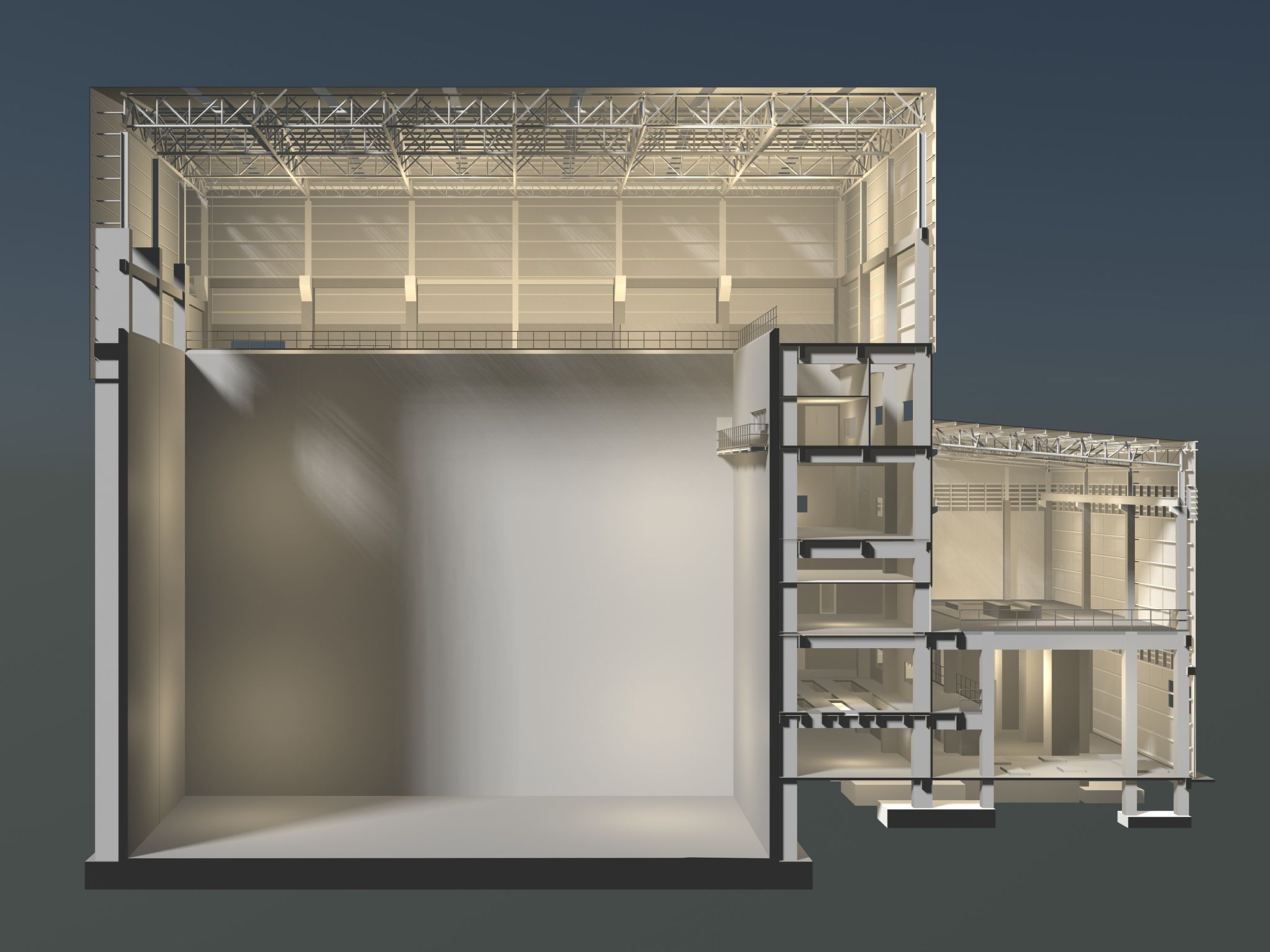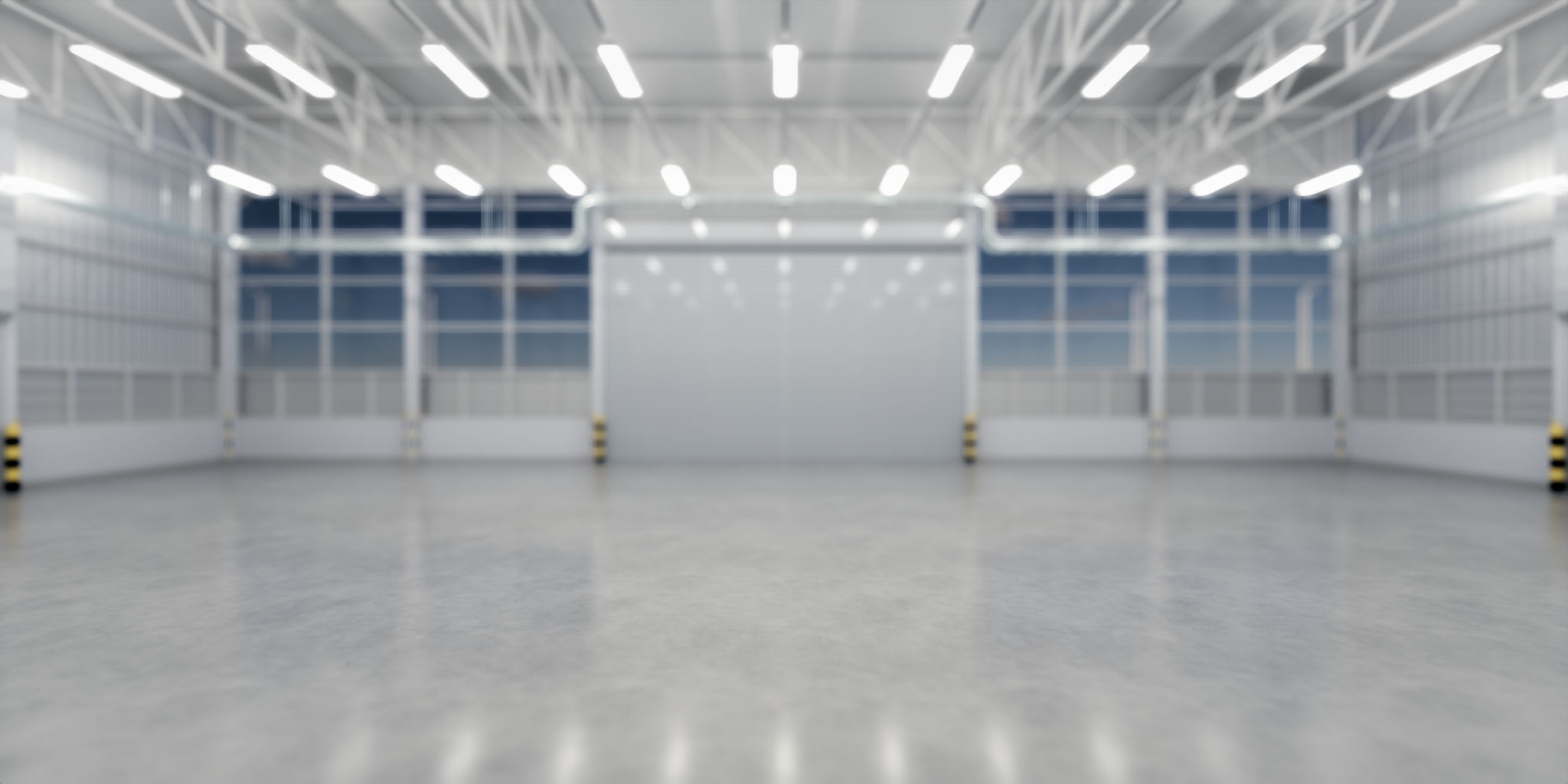How to Implement Minimalist Design in Your Warehouse for Better Productivity
Understanding Minimalist Design
Minimalist design is more than just an aesthetic choice; it is a strategic approach that can enhance productivity and efficiency in various environments, including warehouses. By focusing on simplicity and eliminating unnecessary elements, a minimalist design can create a streamlined and clutter-free workspace that facilitates better workflow and reduces stress.
In a warehouse setting, implementing minimalist design involves thoughtful planning and organization. This approach not only improves productivity but also enhances safety by reducing hazards. Let’s explore how you can incorporate minimalist design principles into your warehouse.

Decluttering and Organizing
The first step in adopting a minimalist design in your warehouse is to declutter and organize. Begin by assessing your current inventory and identifying items that are rarely used or obsolete. Remove these items to free up space and improve accessibility.
Once decluttering is complete, focus on organizing the remaining items. Utilize storage solutions like shelving, bins, and racks to keep everything in its place. Implement a labeling system to ensure easy identification and retrieval of items, which minimizes downtime.
Optimizing Space Utilization
Space is a critical factor in warehouse efficiency. A minimalist design approach encourages maximizing the use of available space without overcrowding. Consider implementing vertical storage solutions to make the most of your warehouse’s height, freeing up valuable floor space for movement and operations.
Additionally, arrange your layout to facilitate smooth traffic flow. Position frequently used items near workstations and loading docks to reduce travel time and improve efficiency.

Streamlining Processes
Minimalist design also extends to the processes within the warehouse. Streamline operations by adopting lean management principles. Identify and eliminate redundant steps in your workflow that do not add value to your operations.
Implementing technology can also contribute to streamlined processes. Utilize inventory management software to track stock levels and automate reordering processes, reducing manual errors and saving time.
Incorporating Clean Lines and Simple Elements
Aesthetically, minimalist design is characterized by clean lines and simple elements. In a warehouse, this translates to using plain, neutral colors for walls and fixtures, which can create a sense of calm and focus. Avoid excessive decorations or signage that can distract workers.
Choose functional furniture and equipment that serve their purpose without adding unnecessary bulk. This approach not only contributes to an uncluttered look but also ensures that all elements in the warehouse serve a purpose.

Emphasizing Safety and Efficiency
Safety is paramount in any warehouse environment, and a minimalist design can enhance safety measures. By keeping spaces open and uncluttered, you reduce the risk of accidents. Clearly marked pathways and designated zones for specific tasks can further enhance safety.
Regularly review your safety protocols and ensure that they are aligned with your minimalist design approach. Conduct training sessions to educate employees on maintaining an organized and efficient workspace.
In conclusion, implementing minimalist design in your warehouse involves a commitment to simplicity, organization, and functionality. By focusing on these elements, you can create a productive environment that supports both operational efficiency and employee well-being.